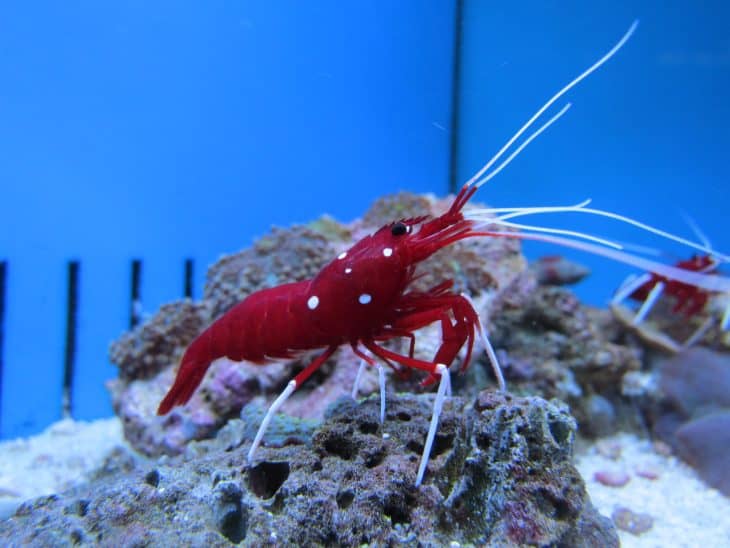
Imagine a creature bearing a large weapon that can create a punch as hot as the sun’s surface, leaving its victims utterly motionless or lifeless. Think about having to see it face-to-face, would it be very terrifying? Of course, the answer is yes! Does something like that exist? The answer is also a yes, but luckily for us, they come in small sizes, and are harmless to humans. Pistol shrimps are considered to possess one of the deadliest attacks out of all the small creatures that still exist. However, despite their notorious lethal attacks, they are wonderful creatures, both in the wild, and in the aquarium setting. Here are some pistol shrimp facts that we have collated for you to enjoy.
- Pistol shrimps are only about 4 cm long.
- They weigh around 25 grams.
- Despite their name, they are really friendly.
- They use shockwaves to kill their prey.
- Pistol shrimps are one of the most powerful pound-for-pound creatures that still exist.
- They live in coral reefs, oyster reefs, and seagrass flats.
- They prey on small invertebrates.
- Lionfish, triggers, larger hawkfish, groupers, and large predatory wrasses are their predators.
- Some people keep them as pets in tanks.
- They can produce an extremely loud pop using their claws.
- The pistol shrimp can release high-pressure bubble bullets from its claw to kill its prey.
- They cannot break glass. Only mantis shrimps can shatter glass using their clubs.
- It looks like a colorful lobster.
- They can see 12 colors compared to humans who can only see three.
- The bigclaw snapping shrimp is the largest of the snapping shrimps.
- Synalpheus pinkfloydi is a pistol shrimp that can produce a sound louder than a gunshot.
- The tiger pistol shrimp only grows up to 4 to 5 cm.
- They have an uneven claw size.
- Gobies are fishes they prefer to be friends with.
- They can live for three to four years in an aquarium.
Was this page helpful?
Our commitment to delivering trustworthy and engaging content is at the heart of what we do. Each fact on our site is contributed by real users like you, bringing a wealth of diverse insights and information. To ensure the highest standards of accuracy and reliability, our dedicated editors meticulously review each submission. This process guarantees that the facts we share are not only fascinating but also credible. Trust in our commitment to quality and authenticity as you explore and learn with us.
